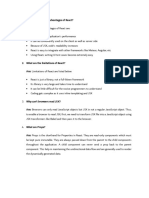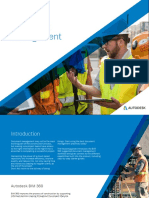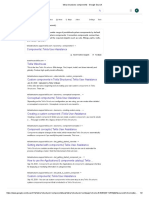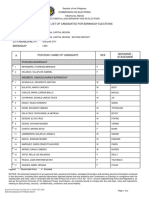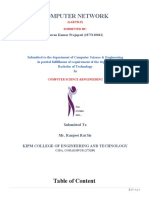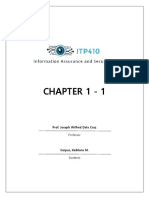0% found this document useful (0 votes)
25 views4 pagesReact Questions
The document provides a comprehensive overview of React.js, covering key features, differences with Angular, JSX, components, props and state, virtual DOM, hooks, and more. It also discusses state management with Redux, routing with React Router, performance optimization techniques, and recent features like Suspense and Concurrent Mode. Each topic is succinctly explained, making it a valuable resource for understanding React concepts.
Uploaded by
Tech IshantCopyright
© © All Rights Reserved
We take content rights seriously. If you suspect this is your content, claim it here.
Available Formats
Download as PDF, TXT or read online on Scribd
0% found this document useful (0 votes)
25 views4 pagesReact Questions
The document provides a comprehensive overview of React.js, covering key features, differences with Angular, JSX, components, props and state, virtual DOM, hooks, and more. It also discusses state management with Redux, routing with React Router, performance optimization techniques, and recent features like Suspense and Concurrent Mode. Each topic is succinctly explained, making it a valuable resource for understanding React concepts.
Uploaded by
Tech IshantCopyright
© © All Rights Reserved
We take content rights seriously. If you suspect this is your content, claim it here.
Available Formats
Download as PDF, TXT or read online on Scribd
/ 4






























